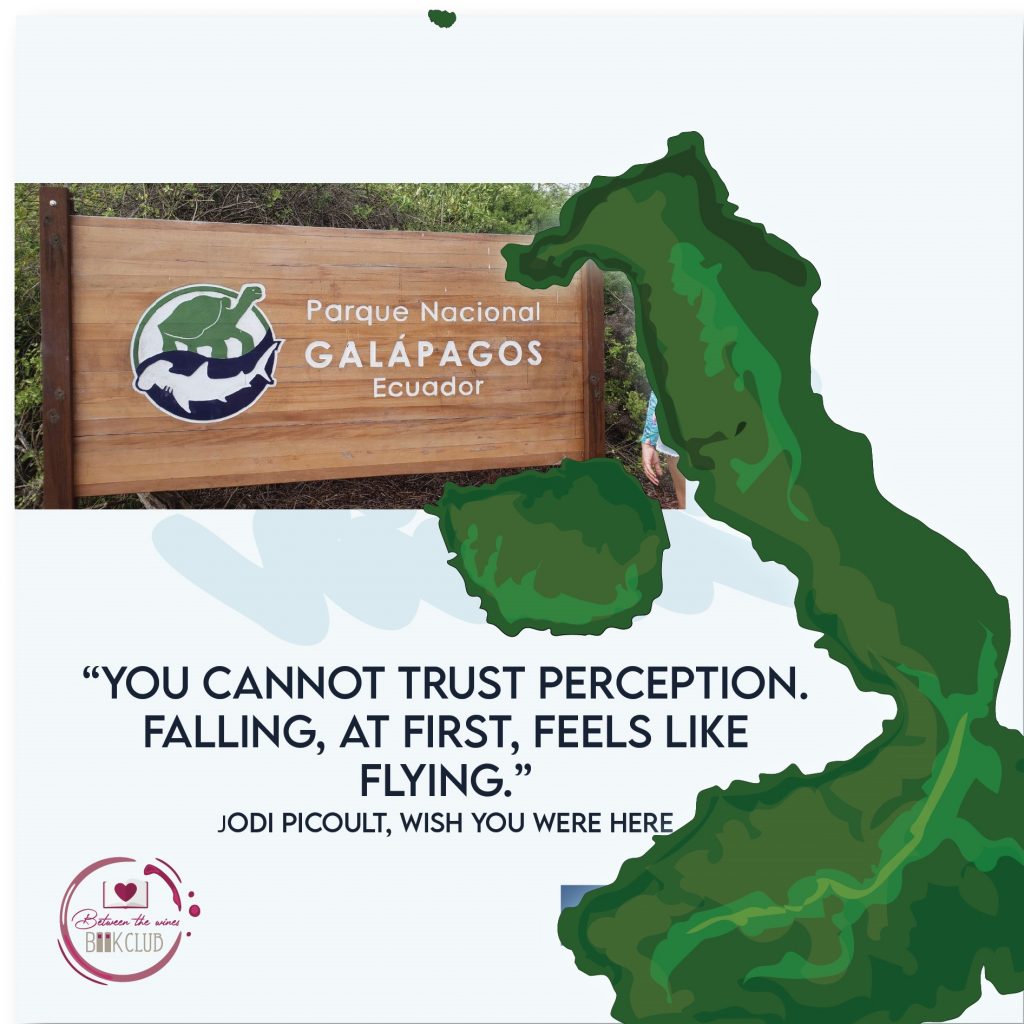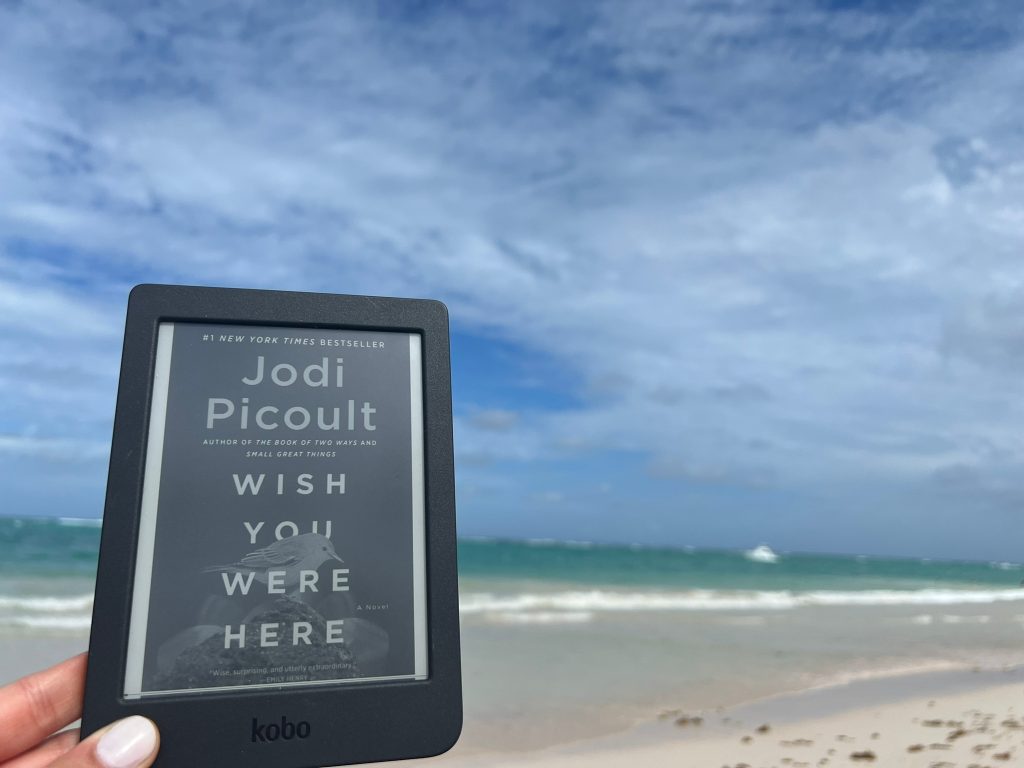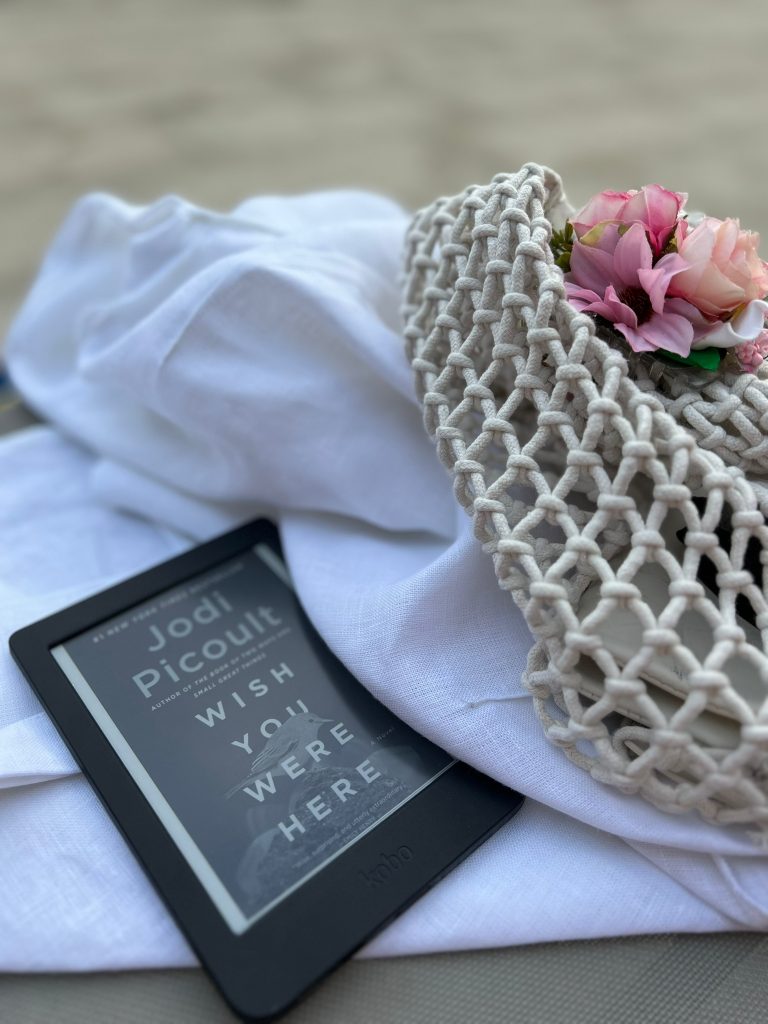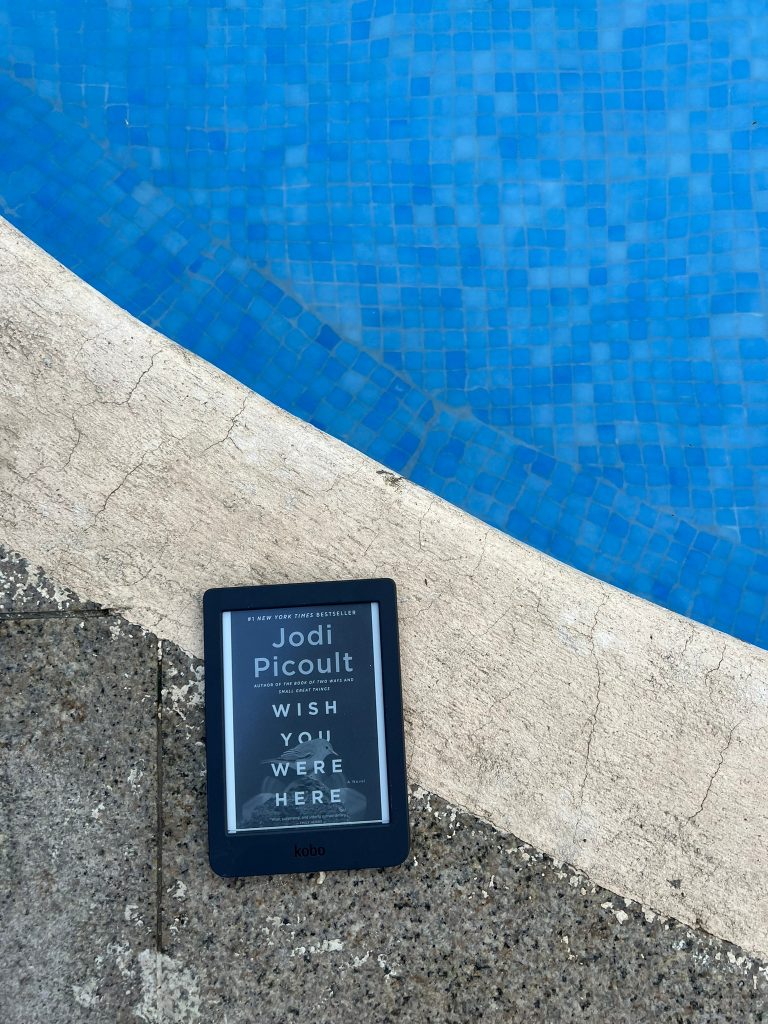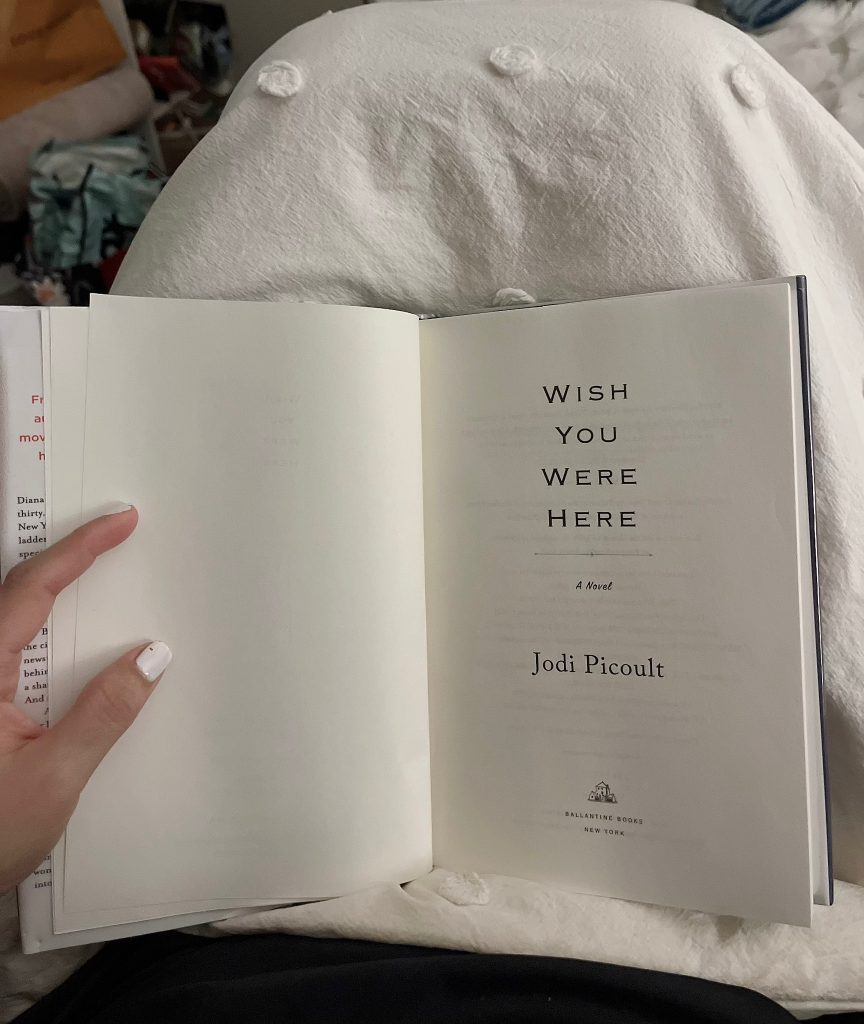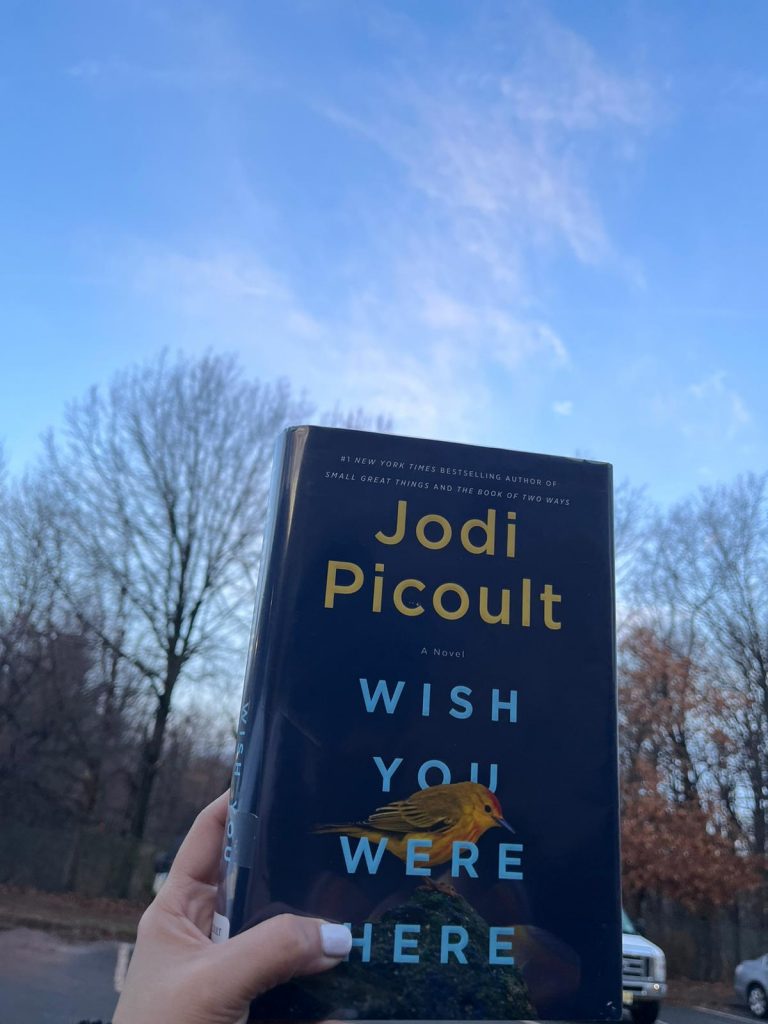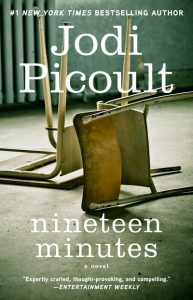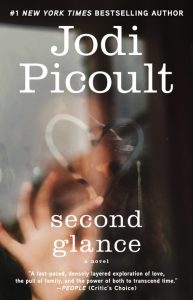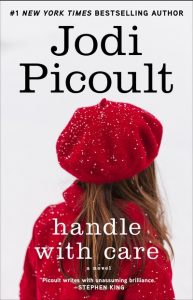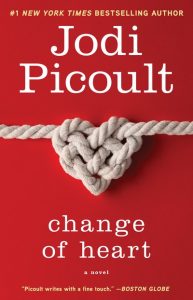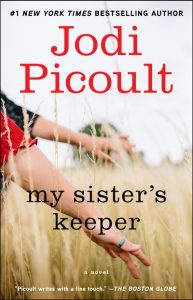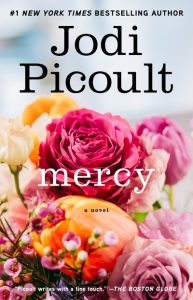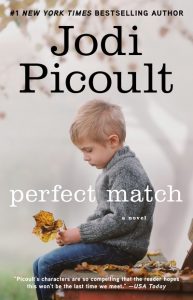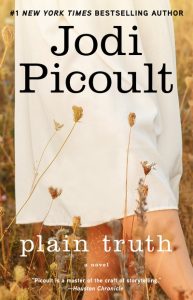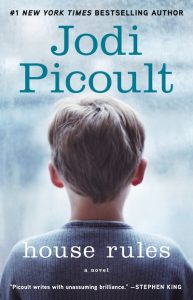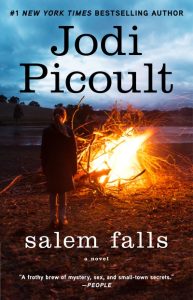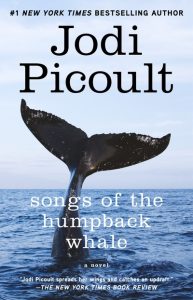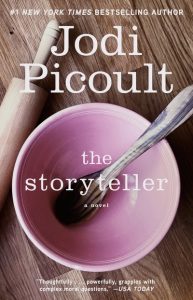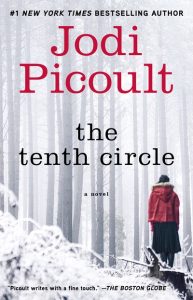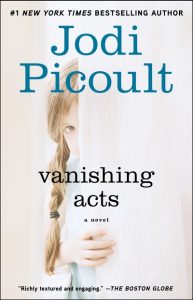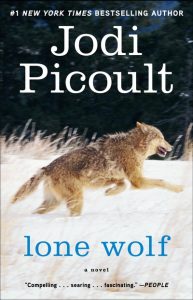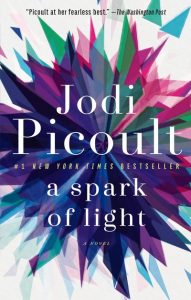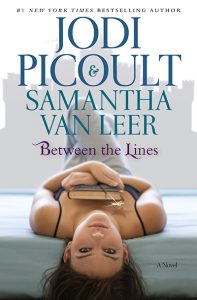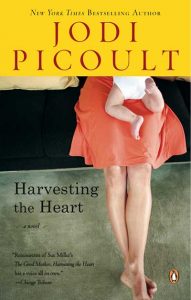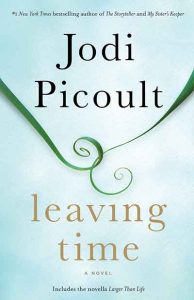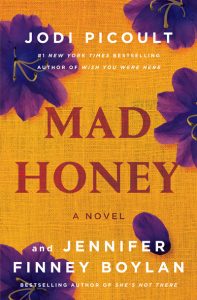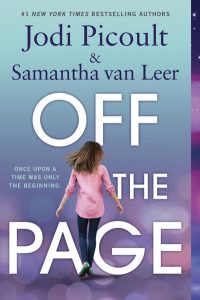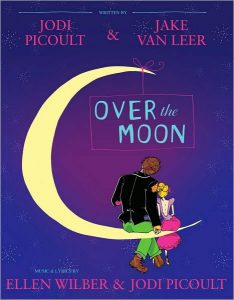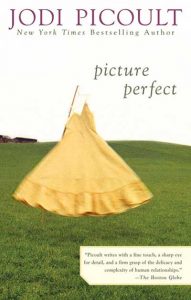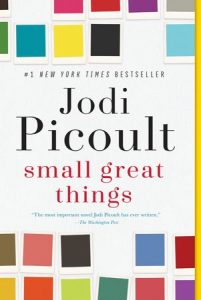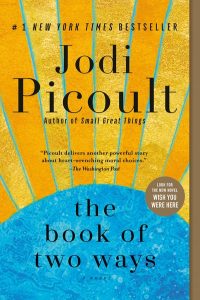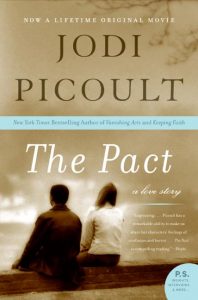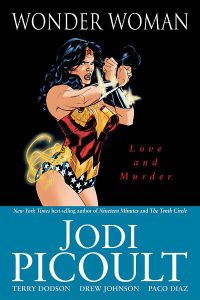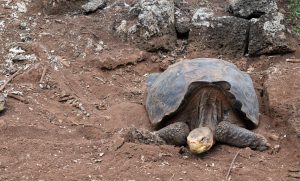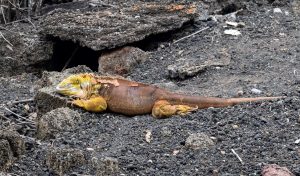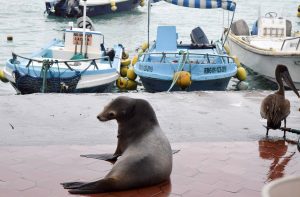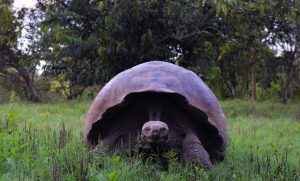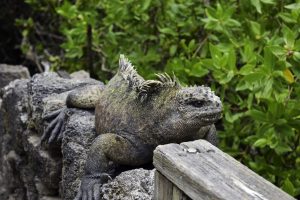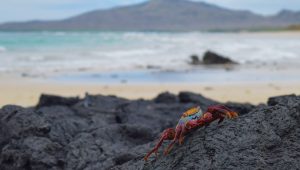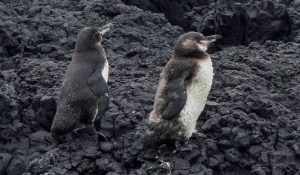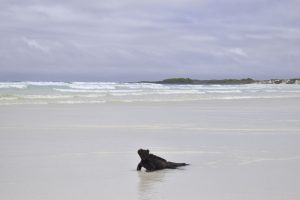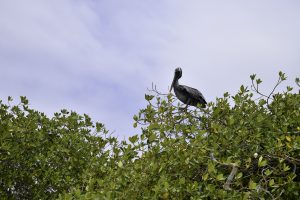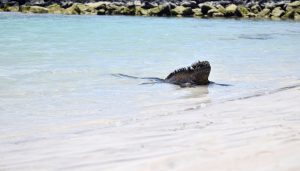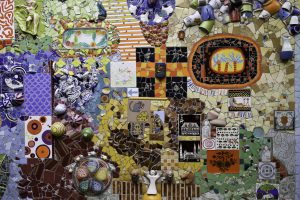
Wish You Were Here
Add Your Heading Text Here
Moderator: Liliana Delgado – Fiction – Rating goodreads 3.98
Our rating


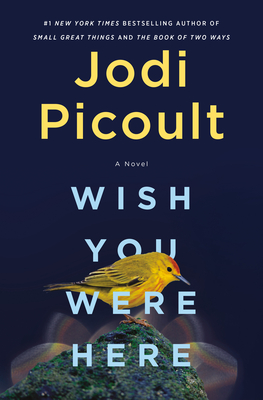
But then a virus that felt worlds away has appeared in the city, and on the eve of their departure, Finn breaks the news: It’s all hands on deck at the hospital. He has to stay behind. You should still go, he assures her, since it would be a shame for all of their nonrefundable trip to go to waste. And so, reluctantly, she goes.
Almost immediately, Diana’s dream vacation goes awry. The whole island is now under quarantine, and she is stranded until the borders reopen. Completely isolated, she must venture beyond her comfort zone. Slowly, she carves out a connection with a local family when a teenager with a secret opens up to Diana, despite her father’s suspicion of outsiders.
Diana finds herself examining her relationships, her choices, and herself—and wondering if when she goes home, she too will have evolved into someone completely different.
Review: (Spoiler alert)
We loved this book the first half of it. We could almost feel being in Galápagos, after the plot twist the book turns a bit slow, the chapters are way to long!! and then you have chapters of one word. I still don’t understand why she left Finn, the relationship didn’t seem to be in any struggle. The visits of Diana to her Mom after being so distant with her felt like filler story, maybe there was a point to be met there after she though her mother was dead and then realizing she wasn’t, maybe redemption for Diana.
If I were to write the ending I would have developed the whole book in Galápagos and then almost at the end introduce the drowning and there she would have wake up and the end.
How would you have ended the book? comment below.
In March 2020, as the pandemic hits New York City, Diana O’Toole, a young art associate, is supposed to leave for a vacation to the Galapagos with her boyfriend, Dr. Finn Colson. Finn, a busy surgeon, tells her he can’t go and urges her to go alone to avoid losing money. Reluctantly, Diana agrees.
A Strange Reality
Diana arrives in the Galapagos just as the island of Isabela goes into a two-week quarantine. A kind old woman, “Abuela,” offers her a place to stay. Diana befriends Abuela’s grandson, Gabriel, and his teenage daughter, Beatriz. Diana and Gabriel grow close, and she becomes a confidant for Beatriz, who reveals that she self-harms to cope with being abandoned by her mother. Diana’s connection with Finn fades as her communication with him is limited to sporadic emails. She learns of the worsening pandemic in New York and of her mother’s illness from a COVID outbreak at her memory care facility. When her mother dies, Diana feels a sense of guilt over her own indifference. Diana and Gabriel grow closer and eventually sleep together.
A few days later, while swimming, Diana begins to drown. She wakes up to find Finn by her side, a shocking reveal that she is in a New York hospital, recovering from a severe case of COVID-19. Her entire experience in the Galapagos was a ventilator-induced psychosis.
The Aftermath
As she recovers, Diana learns that her mother is still alive and well, and she has been furloughed from her job. However, she feels disconnected from her previous life and finds herself missing the relationships she had in her hallucinations. Diana begins visiting her mother regularly, trying to repair their relationship. Her mother later gets COVID and passes away, and this time Diana deeply mourns her.
After her mother’s death, Finn proposes to Diana, but she realizes she is a changed person and turns him down. Three years later, Diana is an art therapist, and she has finally saved enough to take a real trip to the Galapagos. The book ends as a voice calls out to her in the same way Gabriel did in her dreams, suggesting her fantasy may be a reality after all.
About the author
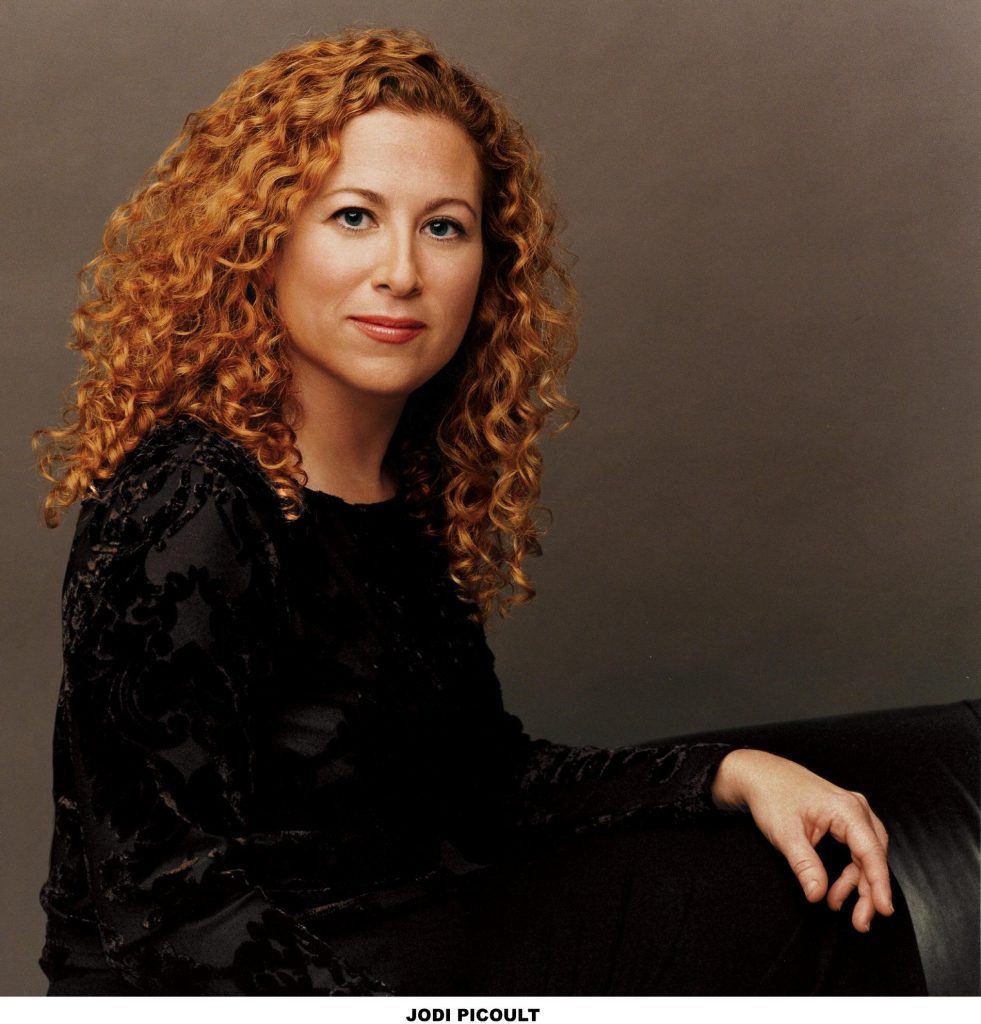
Jodi Picoult is the #1 New York Times bestselling author of twenty-eight novels, including Wish You Were Here, The Book of Two Ways, A Spark of Light, Small Great Things, Leaving Time, The Storyteller, Lone Wolf, Sing You Home, House Rules, Handle with Care, Change of Heart, and My Sister’s Keeper, and, with daughter Samantha van Leer, two young adult novels, Between the Lines and Off the Page.
Picoult’s books have been translated into thirty-four languages in thirty-five countries. Four novels – The Pact, Plain Truth, The Tenth Circle, and Salem Falls – have been made into television movies. My Sister’s Keeper was a film released from New Line Cinema, with Nick Cassavetes directing and Cameron Diaz starring. SMALL GREAT THINGS has been optioned for motion picture adaptation by Amblin Entertainment and is set to star Viola Davis and Julia Roberts. Picoult’s two Young Adult novels, Between The Lines and Off The Page, co-written with her daughter Samantha Van Leer, have been adapted and developed by the authors into a musical entitled Between The Lines which had its world premiere in September 2017 at the Kansas City Repertory Theater and is expected to premiere Off-Broadway in Summer 2019.
Picoult is the recipient of many awards, including the New England Bookseller Award for Fiction, the Alex Awards from the YALSA, a lifetime achievement award for mainstream fiction from the Romance Writers of America, the NH Literary Award for Outstanding Literary Merit and the Sarah Josepha Hale Award. She holds honorary doctor of letters degrees from Dartmouth College and the University of New Haven.
Picoult is the recipient of many awards, including the New England Bookseller Award for Fiction, the Alex Awards from the YALSA, a lifetime achievement award for mainstream fiction from the Romance Writers of America, and the NH Literary Award for Outstanding Literary Merit. She holds honorary doctor of letters degrees from Dartmouth College and the University of New Haven. She is also a member of the advisory board for VIDA: Women in Literary Arts.
Picoult lives in New Hampshire with her husband. They have three children.
Other books by the Autor

Check out our reading guide for this book for drinks inspiration, places to visit mention in the book and more.
Wish You were Here – Reading Guide – Enero 2023
Get the book here: Wish You Were Here
Isolation, Adaptation, and Evolution
Wish You Were Here explores the interconnected themes of isolation, adaptation, and evolution as essential elements of survival during a crisis. The novel opens during the COVID-19 pandemic, where characters, regardless of their location, experience a deep sense of isolation. This isn’t just a physical state; it’s a psychological one, characterized by loneliness and a longing for connection.
The novel argues that adaptation is crucial for survival. Diana is forced to adapt to her circumstances, both on the remote island of Isabela and in the hospital in New York. The changes she undergoes are not temporary; they are a permanent evolution. Just as a species adapts to its environment, Diana is fundamentally changed by her ordeal. This journey of evolution is deeply personal, and because each person’s experience of a crisis is unique, it can ultimately lead to a form of psychological isolation.
Co-existing Realities
The novel explores the idea that multiple, equally valid realities can co-exist simultaneously. We learn that Diana’s time in the Galapagos was a ventilator-induced psychosis. However, the book emphasizes that her imagined experiences were just as real and impactful as her actual ones. The emotional weight of her fabricated relationships and events on the island is undeniable, and her experience in the hospital mirrors her dreams in profound ways.
The novel also uses literary techniques to highlight this theme. For example, Diana’s two separate reflections on the same childhood anecdotes show how her perception of reality can change over time, revealing different, equally valid meanings. The story’s ending, with its mystical suggestion of multiple realities, reinforces this idea and leaves the reader with a lingering sense of mystery about the nature of Diana’s experiences.
Passion and Obligation in Love
The novel examines the roles of passion and obligation in love, particularly in the context of romantic and parent-child relationships. Initially, Diana believes love must be built on a shared plan and mutual understanding, as seen in her relationship with Finn. However, her experiences on Isabela challenge this belief. She is drawn to Gabriel, a man with whom she has no shared future, forcing her to confront the idea that love is not always a choice.
Diana’s journey also changes her view on love as an obligation. She initially believes that caring for her mother is a transactional duty, a “quid pro quo.” However, after her experiences on Isabela, she realizes that love is not about what is owed. Her reconciliation with her mother allows her to see their relationship in a new light, and she realizes that a lack of care in the past does not justify neglect in the present. This understanding also leads her to realize that obligation isn’t love, and she chooses to end her relationship with Finn, recognizing that a passionless commitment cannot sustain a fulfilling life.
Character Analysis
Diana O’Toole
Diana O’Toole is the protagonist and narrator, a 29-year-old New York art specialist with a lifelong passion for art and a meticulous need for control and planning. As an only child of a famous but absent mother, she finds security in a planned life with her boyfriend, Finn. However, her true character is revealed by her innate warmth and empathy, particularly in her relationship with Beatriz. The pandemic becomes her crucible; her need to plan is challenged by her ability to adapt and connect with others. The journey allows her to evolve, reconnect with her true self, and realize that a fulfilling life cannot be planned but must be lived.
Finn Colson
Finn Colson is Diana’s boyfriend, a doctor and a fellow planner. Their relationship is built on a shared blueprint for a perfect future, including careers, two kids, and a restored farmhouse. As the pandemic unfolds, their shared plans and individual experiences with the crisis push them in opposite directions. While Diana evolves, learning to let go and embrace spontaneity, Finn becomes more rigid and fearful, clinging to their plans and their relationship. He is a mirror and foil to Diana’s character, highlighting the contrast between her growth and his stagnation. His inability to adapt ultimately fractures their relationship.
Gabriel Fernandez
Gabriel Fernandez is a native of the Galapagos and Diana’s love interest. A single father in his thirties, he embodies a powerful sense of family, duty, and responsibility. He gave up his dreams to care for his daughter, Beatriz, and he consistently puts her happiness above everything else. Gabriel is not a planner; he makes choices based on love, not obligation. He serves as a guiding light for Diana, showing her a different way to live—one not dictated by a rigid plan. His character represents the possibility of a life filled with connection and spontaneity, and his memory continues to influence Diana’s journey back in the real world.
Beatriz
Beatriz is Gabriel’s 14-year-old daughter. She is smart and precocious, but she feels trapped and isolated by her circumstances. She struggles with the feeling of not fitting in and has contemplated self-harm after being abandoned by her mother and rejected by the girl she loves. Beatriz desperately seeks connection, which she finds in Diana. Their relationship is a mirror of Diana’s own experiences, and it allows Diana to offer the maternal care and protection she herself lacked as a child. Beatriz’s journey to accept her life and her father’s love provides a positive example of healing for Diana.
Book Club Questions
Initial Impressions
-
How does this novel compare to other Jodi Picoult books that use dramatic twists and perspective shifts, such as Small Great Things?
-
How did your own experiences with the COVID-19 pandemic influence your connection to the story and the emotions you felt while reading it?
-
The novel opens with Diana’s father leaving one spot on a painted ceiling to show “how far you’ve come.” How does this metaphor for personal growth echo throughout the story?
Personal Reflection and Connection
-
Diana’s imagined experiences on the island felt completely real to her. Have you ever had a deeply meaningful experience that was difficult to explain to others?
-
The characters in the book must adapt to dramatic changes in their lives. Can you think of a time when you had to completely change your life plans? How did you handle it?
-
The story explores how isolation can lead to personal growth as well as a sense of disconnection. How did your own experiences with isolation affect your relationships and sense of self?
-
Diana chooses personal fulfillment over financial security by becoming an art therapist. Have you ever made a similar choice? What factors influenced your decision?
-
Reflect on Diana’s complicated relationship with her mother. How has your understanding of your own parent-child relationships evolved as you’ve grown older?
Societal and Cultural Context
-
The novel highlights the tension between a society that values planning and control and a world that demands adaptability. What does the pandemic reveal about this conflict?
-
The book shows how people experience the same crisis in vastly different ways. What does this suggest about the difference between collective trauma and individual trauma during a major historical event?
-
How does the novel’s portrayal of healthcare workers and essential workers during the pandemic reflect broader societal attitudes toward them?
Literary Analysis
-
How does the Galapagos Islands, as the birthplace of evolutionary theory, function as both a setting and a symbol for the novel’s themes?
-
Consider the role of art throughout the novel. How does art function as both a plot device and a metaphor for Diana’s journey and personal growth?
-
The novel presents two versions of Diana’s mother’s death. How do these parallel stories develop the theme of perception versus reality?
-
What is the significance of the title, “Wish You Were Here”? How does this phrase take on different meanings throughout the story?
-
How does the motif of drowning—both literal and metaphorical—develop the novel’s themes and characters?
Creative Engagement
-
If you were to experience a detailed alternate reality while unconscious, what setting would your mind create? What might this imagery reveal about your own desires and fears?
-
Design an art therapy session that Diana might conduct, drawing on the themes and experiences from her story. What activities would you include?
-
Imagine an epilogue set five years after the novel’s conclusion. How do you envision Diana’s life evolving, and how would her past experiences continue to influence her choices?

Pretty Little Wife

Spare - The Prince
You May Also Like

The Fragile Threads of Power
November 20, 2024
The Cuban Heiress
May 11, 2023

